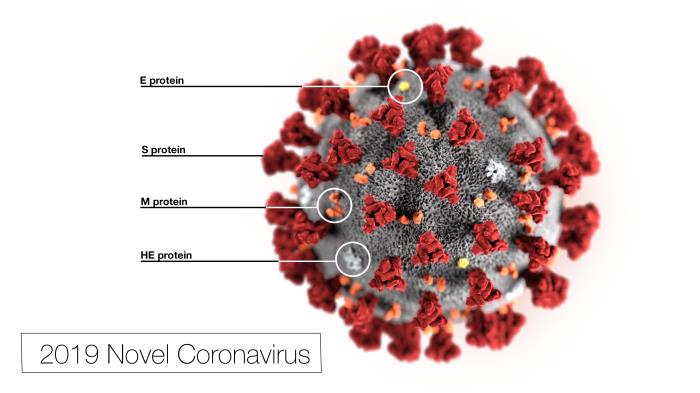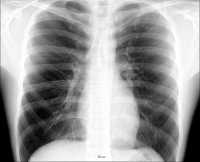The healthcare industry just like other sectors is witnessing an increase in interactivity among websites. The advancement of artificial intelligence (AI) has transformed website chatbots while enhancing patient engagement and administrative process efficiency as well as medical information accessibility.
 Medical organizations must provide efficient, patient-focused services while managing ongoing performance demands. AI-powered chatbots eliminate some healthcare provider workloads by executing tasks and giving live support and patient assistance. These digital assistants use automated systems that drive significant changes to healthcare services through appointment scheduling alongside symptom assessment.
Medical organizations must provide efficient, patient-focused services while managing ongoing performance demands. AI-powered chatbots eliminate some healthcare provider workloads by executing tasks and giving live support and patient assistance. These digital assistants use automated systems that drive significant changes to healthcare services through appointment scheduling alongside symptom assessment.
 Medical organizations must provide efficient, patient-focused services while managing ongoing performance demands. AI-powered chatbots eliminate some healthcare provider workloads by executing tasks and giving live support and patient assistance. These digital assistants use automated systems that drive significant changes to healthcare services through appointment scheduling alongside symptom assessment.
Medical organizations must provide efficient, patient-focused services while managing ongoing performance demands. AI-powered chatbots eliminate some healthcare provider workloads by executing tasks and giving live support and patient assistance. These digital assistants use automated systems that drive significant changes to healthcare services through appointment scheduling alongside symptom assessment.


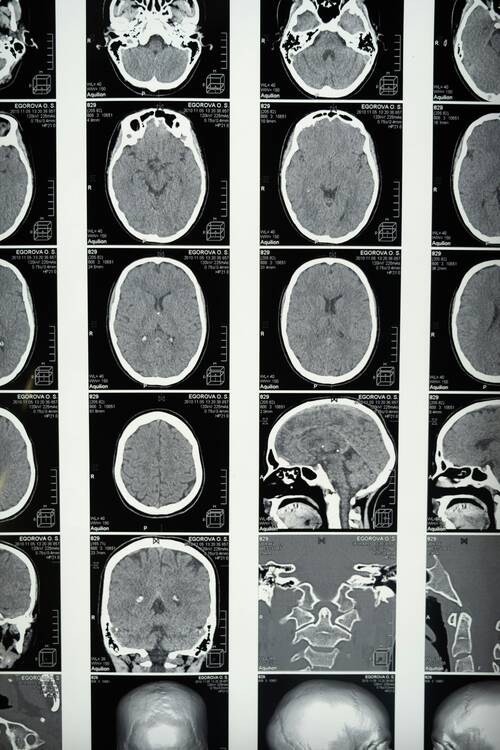









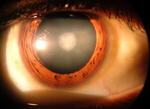


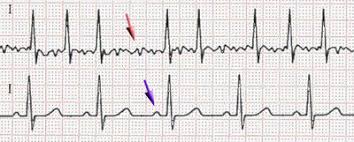





 Response: Cohen Veterans Bioscience (CVB) is a non-profit 501(c)(3) research biotech dedicated to fast-tracking the development of diagnostic tests and personalized therapeutics for the millions of Veterans and civilians who suffer the devastating effects of trauma-related and other brain disorders.
To learn about CVB’s research efforts visit
Response: Cohen Veterans Bioscience (CVB) is a non-profit 501(c)(3) research biotech dedicated to fast-tracking the development of diagnostic tests and personalized therapeutics for the millions of Veterans and civilians who suffer the devastating effects of trauma-related and other brain disorders.
To learn about CVB’s research efforts visit 





